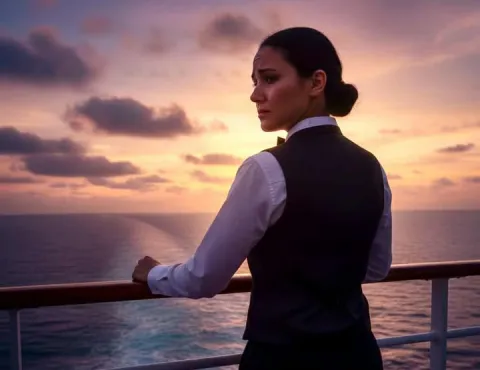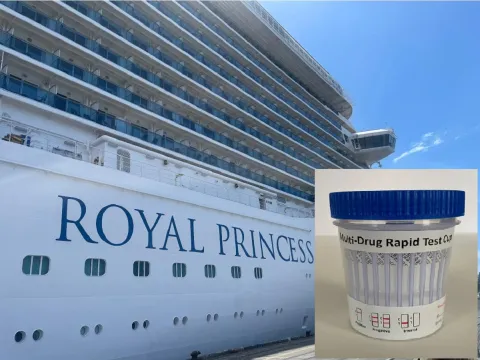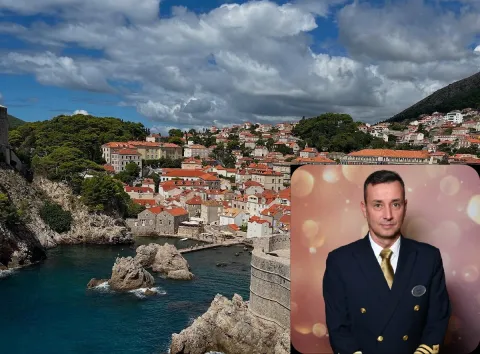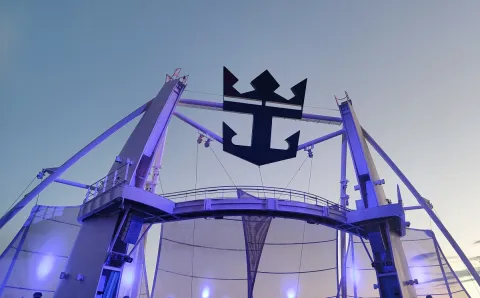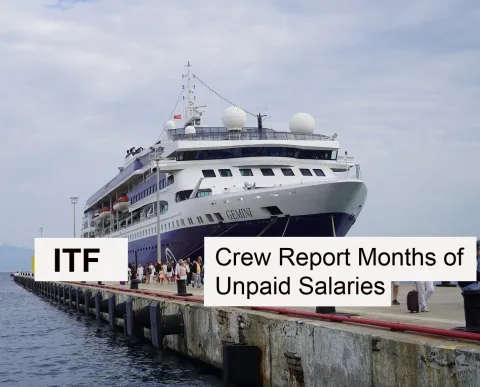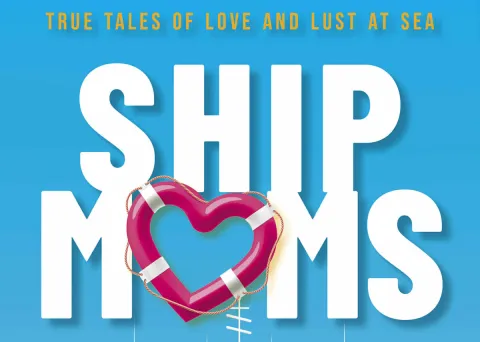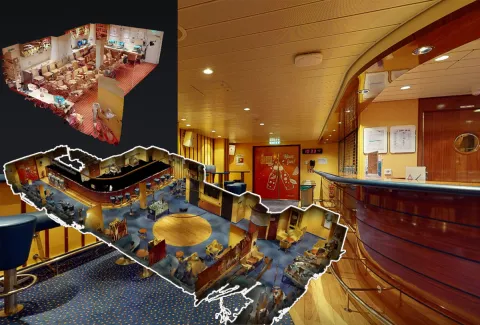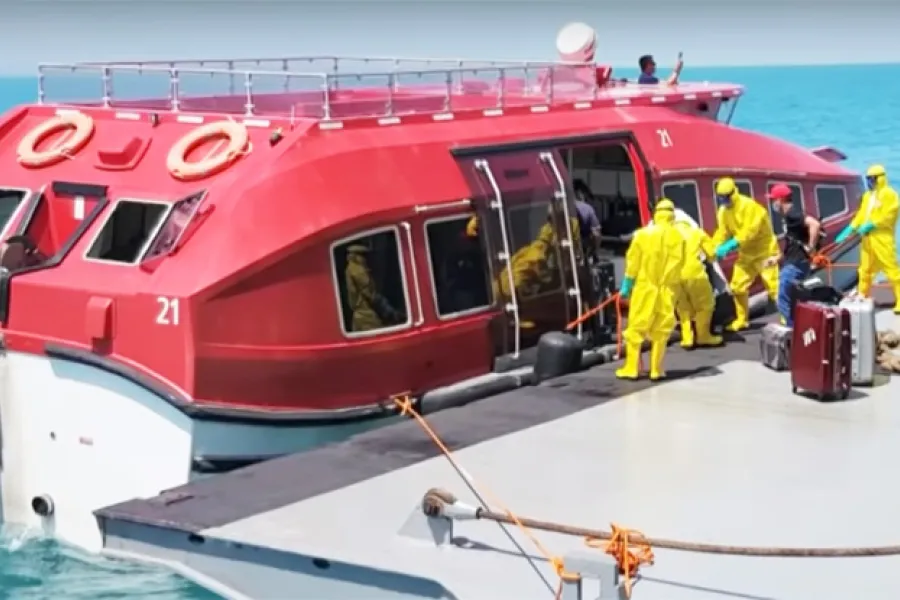
The pandemic continued with deep, unforgettable, and unimaginable consequences for all of us. Many people lost their loved ones due to this horrible virus. I lost all my savings and did not know how to feed my family anymore. We struggled for almost two years, but somehow my family always looked for a reason to be happy. There were days when there was only a little bit of food on our table. Naturally, I started to look for a way to go back to the ship after the cruise industry finally restarted operations.
Nothing quite demonstrated the horrors of the coronavirus contagion in the early stages of the pandemic like the major outbreaks onboard cruise ships, when vacation selfies and videos abruptly turned into grim journals of endless days spent confined to cabins as the virus raged through the behemoth vessels, eventually infecting thousands of people and killing many others.
Passengers on the Diamond Princess and Grand Princess, two of the worst-hit ships, were forced to quarantine inside their small staterooms — some without windows — as infections on board spiraled out of control. Every day, anxiety and fear mounted as the ships' captains announced new cases, which continued to spread rapidly through ventilation systems and among crew members who slept in shared quarters and worked tirelessly throughout the day to deliver food to guests.
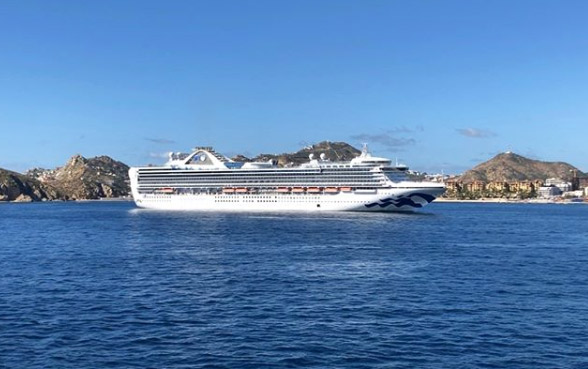
At the time, it was difficult to imagine how the ships, which carry millions of passengers around the world each year, would be able to sail safely again. Even after the vaccination rollout gained momentum in the United States, allowing most travel sectors to restart operations, cruise ships remained docked in ports, costing the industry billions of dollars in losses each month.

Together, Carnival, the world's largest cruise company, and the two other biggest cruise operators, Royal Caribbean and Norwegian Cruise Line, lost nearly $900 million each month during the pandemic, according to Moody's, the credit rating agency.
Several epidemiologists questioned whether cruise ships, with their high capacities, close quarters, and forced physical proximity, could restart during the pandemic or whether they would be able to win back the trust of travelers traumatized by the initial outbreaks.
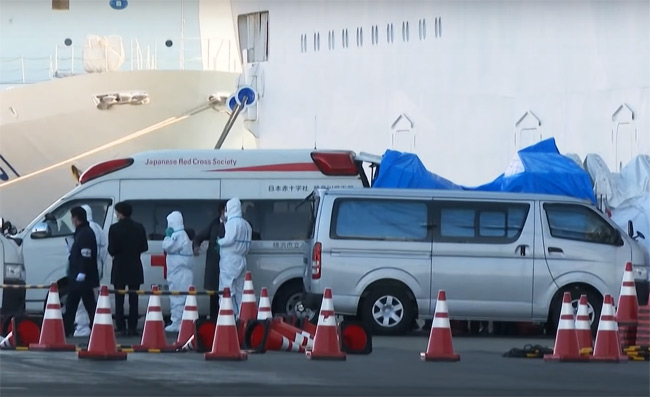
Cruise companies restarted operations worldwide, and after months of preparations to meet stringent health and safety guidelines set by the Centers for Disease Control and Prevention, cruise lines have started to welcome back passengers for U.S. sailings, where demand is outweighing supply, with many itineraries fully booked.
Expectedly, several coronavirus cases have been identified on cruise ships since U.S. operations restarted. Most ships were able to complete their itineraries without issues.
But the industry's turnaround was far from guaranteed. The highly contagious Delta variant, which was causing surges of the virus worldwide, was harming the cruise industry's recovery. But analysts were generally optimistic about its prospects and the potential for passenger numbers to recover to pre-pandemic levels, although it took almost two years to achieve that. That optimism was fueled by what may be the industry's best asset: an unshakably loyal customer base.
Even during the pandemic, huge numbers of people who had booked opted against taking refunds, instead converting payments already made into credit for future travel, which the companies often offered at a higher value as an incentive. Last fall, Carnival reported that about 45 percent of customers with canceled trips had opted for credit instead of cash back.
Cruise lines were forced to send most cruise workers home, keeping small skeleton crews on board to maintain their ships. After months without work or an income, many workers, frequently drawn from countries like the Philippines, Bangladesh, and India, fell into debt and struggled to provide for their families.
The timing couldn't have been worse for Virgin Voyages, the new cruise company founded by the British billionaire Richard Branson, which had planned to launch its inaugural ship, Scarlet Lady, with sailing scheduled from Miami in March 2020. They could not have chosen a worse timing. The ship's official U.S. debut has been delayed until October, but a series of short sailings took place in August out of Portsmouth, England, for British residents.
Ultimately, most cruise companies survived the pandemic intact, but only after receiving help. That came in the form of assistance from governments abroad or money raised from investors encouraged by efforts to backstop the economy from the Federal Reserve and others. The cash was costly, though. When Carnival Corp. sold $4 billion in bonds in April 2020, it agreed to interest on those bonds of 11.5 percent — more than half of which it recently refinanced at a more reasonable rate of 4 percent.
Carnival, which operates under nine brands globally, has lost more than $13 billion since the pandemic began. The company amassed over $9 billion in cash and short-term investments.
Several other hurdles also derailed the rebound of the industry. While cruising has resumed, operators still have to contend with a patchwork of domestic and international rules, some of which impose strict conditions on passengers who go on shore excursions. A serious and widespread outbreak aboard a ship, or a broader community-wide surge in virus infections, could drive away potential customers and stall the momentum of the cruise comeback.
But despite the delays and potential for further disruptions, Virgin Voyages finally successfully launched its new brand. Virgin's Scarlet Lady adult-only ship, which was inspired by a superyacht design, attracted a hip and younger crowd, offering 20 different buffet-free dining options and a range of entertainment, including DJ sets and immersive experiences.
At one point, I decided to apply to return to the ship and successfully passed an interview. At first, I was happy, but my wife and two kids were really unhappy. I passed the medical, got my C1D2 visa, and everything was ready. Suddenly, something clicked in my mind. Only two days before my sign-on date, I changed my mind and accepted the local job in my city as a football coach. I decided to stay home with my family; I realized that I had already reached an age when I was aiming for family stability and some long-term goals rather than ship life. That could not be compared to anything else. It was a difficult decision, but I never regretted it. Being together with the family and living a simple, happy life gave me a new meaning to my purpose in the world. God bless you all!
Crew Insights
Articles and experiences shared by crew members working on cruise ship. Find out more about ship life at sea together with tips and advices for first time crew members and cruise oldtimers.




